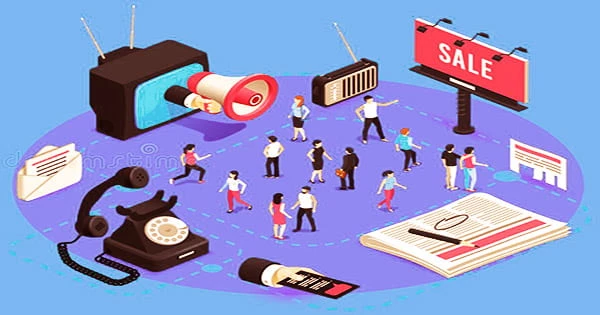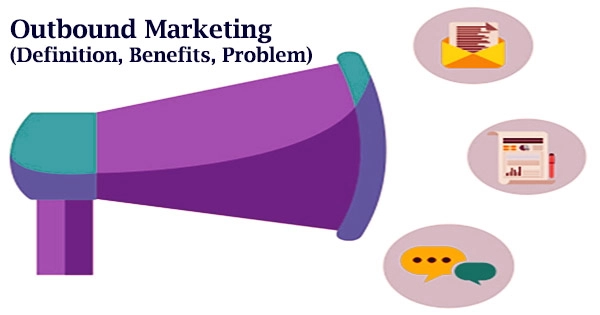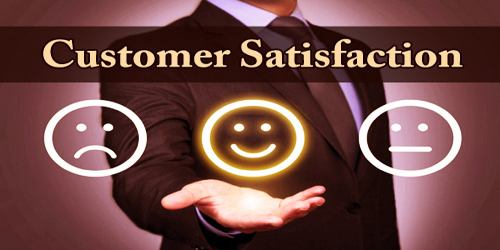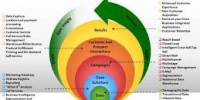Outbound marketing is a type of marketing that has been around for a long time. Outbound marketing, sometimes known as “interruption” marketing, is all about getting your message in front of as many people as possible. The marketer waits for consumers to read these advertisements and respond positively if they are interested.
Traditional marketing methods such as direct mail, events, billboards, cold phoning, newspapers, and radio are generally connected with outbound marketing. Outbound marketing, on the other hand, can be used with more modern technology such as pay-per-click advertising and spam emails. It uses tried-and-true marketing and advertising techniques.
Outbound marketing is the polar opposite of inbound marketing, in which clients seek you out when they are in need of your services. Content marketing, blogging, SEO, and opt-in email marketing are all examples of inbound marketing.
Furthermore, paid search advertising is classified as inbound marketing because your adverts only display when individuals are looking for the items or services you provide. You spread the word about your business without much targeting through advertising, direct mail, cold calling, and other methods.

Despite the fact that outbound marketing is more difficult to measure and less profitable than inbound marketing, firms nevertheless spend up to 90% of their marketing budgets on it. The marketer, as the name implies, delivers a message to the general audience.
The marketer anticipates that consumers will listen to or view the advertisement and respond. In this method, the prospect will be converted into a lead, and eventually into a sale. It takes a proactive approach to consumer acquisition. It also aids the company in generating an impression on the target audience.
Outbound marketing has a few perks that should not be overlooked:
- Outbound marketing raises brand awareness by allowing you to reach out to people who have never heard of your products or services.
- People who are interested in your products and services are more likely to respond to your adverts and make a purchase if you use outbound marketing.
- Consumers are used to outbound marketing; they expect ads in the Sunday paper or on television, and they may trust those commercials more than those delivered by modern technologies.
Organizations that want to increase sales and return on marketing investment should re-allocate a larger portion of their marketing budget to inbound marketing tactics. Outbound marketing is frequently considered a “traditional” marketing strategy.
It takes a lot of time and effort to send messages out through multiple channels in the hopes of reaching the correct individual. Outbound marketing campaigns involve strategies that interrupt your audience, such as:
- Cold calling
- Direct mail advertising
- Mass emailing
- Pop-ups and display ads
- Billboards
- Television and radio ads
It’s interruption-based marketing, to be precise. This is due to the fact that consumers must take time away from their employment to listen to, read, or view the marketing message. As a result, it is inconvenient. They place a premium on quantity or getting the word to as many individuals as possible.
For many organizations, outbound marketing accounts for the majority of their marketing expenses. It’s been around for a long time, and some people even consider it a necessary evil. Outbound marketing, on the other hand, is fraught with challenges, and history and past blunders should never stand in the way of adjusting to new marketing trends. Problems with outbound marketing include:
- Difficulty in tracking return on investment (ROI)
- Increasing blocking techniques (Do not call list, Spam filters, TiVo, etc)
- High cost, low yield.
Outbound marketing is more difficult to track, has a poorer ROI, and has greater overall costs. Outbound marketing is all about broadcasting a message to a large audience, but inbound marketing is more targeted. Although there is a good chance that at least some people may convert as a result of your outbound marketing efforts, this is generally accompanied by a high acquisition cost.
















